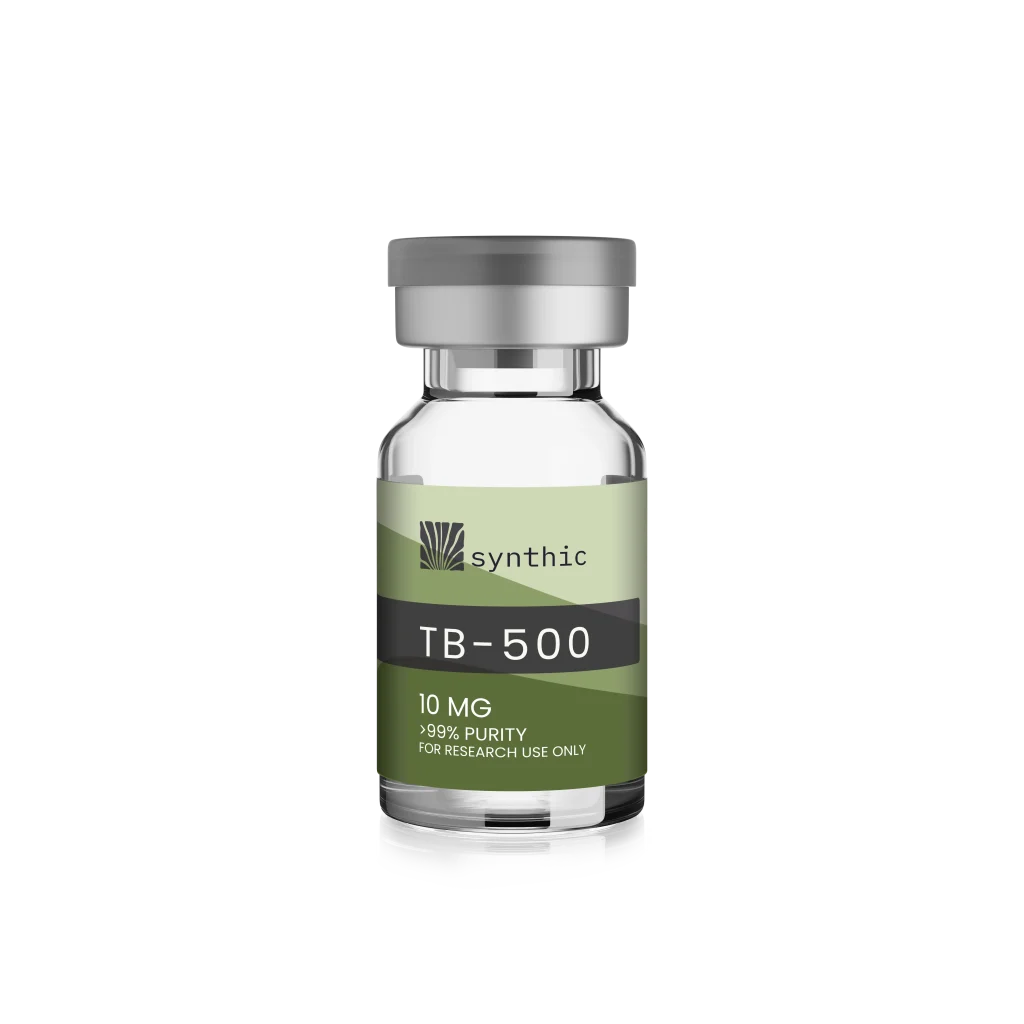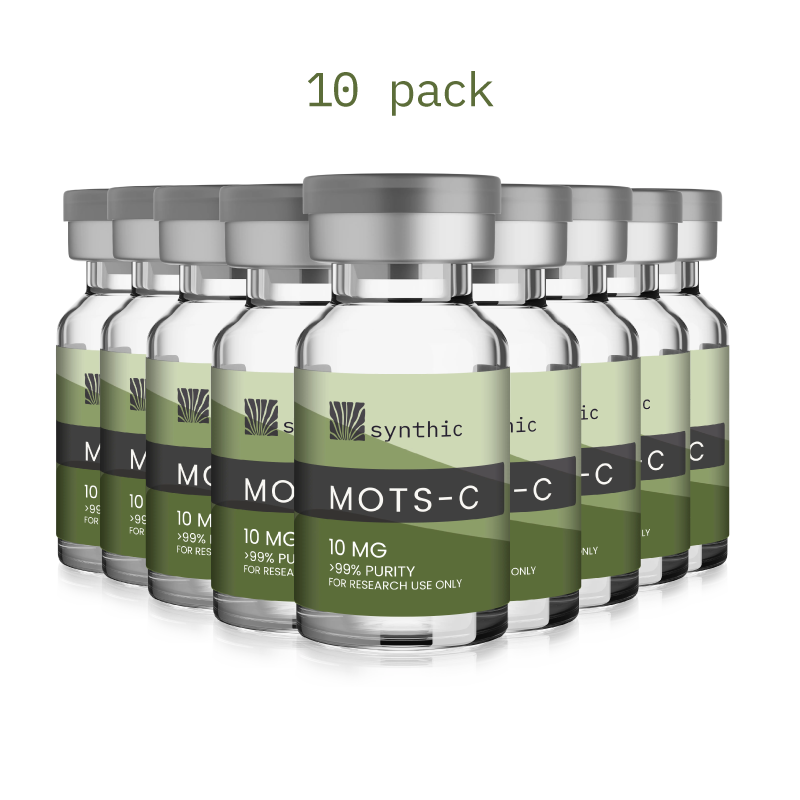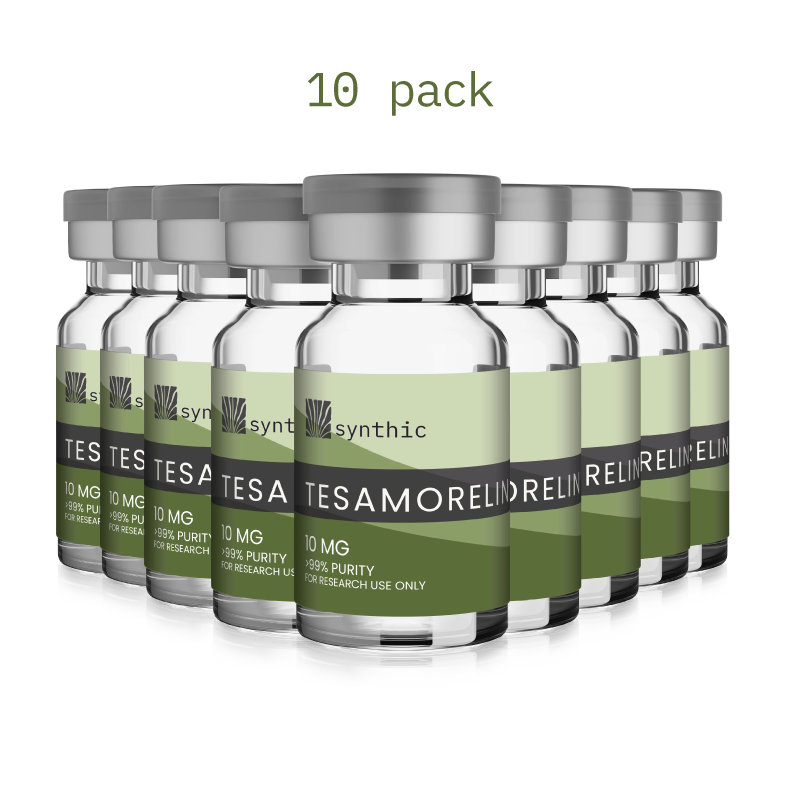Angiogenesis — the formation of new blood vessels — is one of the most vital biological processes involved in wound healing, tissue regeneration, and recovery from injury. In the realm of biomedical and experimental research, certain peptides have demonstrated a significant role in supporting angiogenic activity, making them a central focus in regenerative medicine studies.
This article explores how specific peptides influence angiogenesis and why that matters for healing on a cellular level.
What Is Angiogenesis?
Angiogenesis is the physiological process through which new capillaries branch from existing blood vessels. It is crucial during tissue repair, as newly formed blood vessels deliver oxygen, nutrients, immune cells, and signaling molecules to areas of damage or stress.
Key regulators of angiogenesis include:
- Vascular Endothelial Growth Factor (VEGF)
- Fibroblast Growth Factor (FGF)
- Platelet-Derived Growth Factor (PDGF)
- Nitric Oxide (NO) signaling
- Matrix metalloproteinases (MMPs)
These elements coordinate to dissolve extracellular matrix, stimulate endothelial cell proliferation, and form new vascular structures.
How Peptides Influence Angiogenesis
Certain synthetic and naturally derived peptides can enhance or regulate angiogenesis, often through interaction with the same pathways noted above. In research settings, two peptides are particularly notable: BPC-157 and TB-500.
BPC-157 and Angiogenesis
BPC-157 (Body Protection Compound-157) has demonstrated angiogenic effects in multiple tissue models. It is believed to influence blood vessel formation through:
- Upregulation of VEGFR-2 (vascular endothelial growth factor receptor 2)
- Modulation of nitric oxide synthase (eNOS/iNOS)
- Stabilization of endothelial function in response to injury
In experimental studies, BPC-157 has accelerated wound healing, enhanced tendon vascularization, and supported recovery from ischemic conditions, largely due to its capacity to stimulate capillary growth.
TB-500 and Angiogenesis
TB-500 is a synthetic peptide fragment derived from thymosin beta-4, a naturally occurring protein involved in cellular migration and wound repair. Its angiogenic potential arises from:
- Increased expression of VEGF
- Actin-binding properties that promote cell motility and revascularization
- Stimulation of endothelial cell proliferation
TB-500 has been studied in models of myocardial injury, corneal healing, and soft tissue trauma, where blood vessel formation is a key component of the recovery process.
Why Angiogenesis Matters in Healing
Without angiogenesis, tissue recovery is limited. Oxygen and nutrients are essential for:
- Collagen production
- Stem cell activation
- Inflammation resolution
- Waste removal and immune cell trafficking
In compromised environments — such as chronic wounds, tendon injuries, or ischemic tissues — restoring blood flow through angiogenesis is often the determining factor between full regeneration and long-term dysfunction.
Other Peptides with Angiogenic Potential
While BPC-157 and TB-500 are the most widely studied in this domain, other peptides under investigation include:
- GHK-Cu – A copper-binding tripeptide with skin-regenerating and angiogenic effects
- LL-37 – An antimicrobial peptide that also promotes endothelial growth
- Thymosin alpha-1 – Known more for immunomodulation but may support vascular growth indirectly
Each has its own mechanism of action and potential applications depending on the experimental model.
Conclusion
Angiogenesis is a cornerstone of healing and regeneration, and certain peptides have shown remarkable ability to influence this process. Through modulation of growth factors, nitric oxide signaling, and endothelial repair, peptides like BPC-157 and TB-500 continue to play a pivotal role in tissue engineering and healing research.
Understanding how these compounds function at the vascular level provides valuable insight for experimental protocols focused on recovery, inflammation control, and long-term tissue viability.



